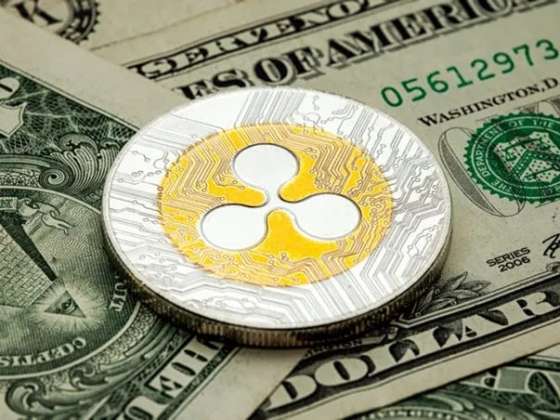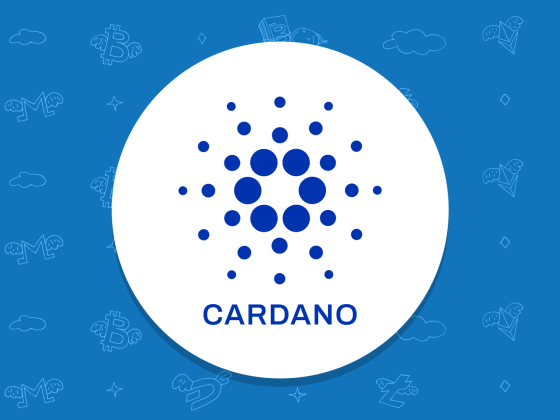In the rapidly evolving landscape of cryptocurrencies, Solana has emerged as a formidable contender, offering a high-performance blockchain platform designed for decentralized applications and scalable blockchain solutions. Founded by Anatoly Yakovenko in 2017, Solana has gained widespread recognition for its innovative approach to solving the scalability and performance challenges faced by many blockchain networks. In this comprehensive guide, we’ll delve into what Solana is, how it came to fruition, its distinguishing features compared to Bitcoin, its advantages, and a detailed overview of its price history.
- The Genesis of Solana: Solana was conceived by Anatoly Yakovenko, a former engineer at Qualcomm and Dropbox, who recognized the limitations of existing blockchain platforms in terms of scalability and throughput. Inspired by his background in distributed systems and computer science, Yakovenko set out to create a blockchain platform capable of processing thousands of transactions per second without sacrificing decentralization or security. In 2017, Solana was officially launched with the goal of providing a scalable and efficient platform for building decentralized applications and enabling the future of Web3.
- How Solana Works: At its core, Solana is a high-performance blockchain platform that utilizes a unique combination of innovative technologies to achieve unprecedented scalability and throughput. Solana’s architecture is built around a novel consensus mechanism known as Proof of History (PoH), which timestamps transactions before they are added to the blockchain. This allows Solana to achieve high transaction throughput and low latency, making it ideal for applications that require fast and reliable transaction processing.
- Key Features of Solana: Solana offers several key features that set it apart from other blockchain platforms, including:
- Proof of History (PoH): Solana’s PoH consensus mechanism timestamps transactions with cryptographic proofs, enabling fast and efficient transaction processing without sacrificing security or decentralization.
- Tower Consensus: Solana’s Tower Consensus mechanism provides finality for transactions by periodically exchanging cryptographic signatures between validators, ensuring the integrity and immutability of the blockchain.
- Parallel Processing: Solana leverages a unique approach to parallel processing called Sealevel, which enables the concurrent execution of multiple transactions across different shards or processing units. This allows Solana to achieve high transaction throughput and scalability.
- Low Transaction Fees: Solana’s efficient architecture and high throughput capabilities result in low transaction fees, making it cost-effective for users to interact with decentralized applications and transact on the Solana network.
- Advantages of Solana: Solana offers several advantages over traditional blockchain platforms and cryptocurrencies, including:
- Scalability: Solana’s innovative architecture and parallel processing capabilities enable it to scale to thousands of transactions per second, making it one of the most scalable blockchain platforms in existence.
- Low Latency: Solana’s low-latency consensus mechanism and high throughput enable fast and responsive transaction processing, ensuring a seamless user experience for decentralized applications and users.
- Cost-Effectiveness: Solana’s efficient design and low transaction fees make it cost-effective for users to interact with decentralized applications and transact on the Solana network, opening up new opportunities for innovation and adoption.
- Ecosystem Growth: Solana’s growing ecosystem of decentralized applications, projects, and partnerships reflects its increasing adoption and relevance within the broader blockchain and cryptocurrency space.
- Solana Price History: Since its inception, Solana has experienced significant price fluctuations, reflecting its growing adoption and market demand. Here’s a brief overview of Solana’s price levels from its launch to the present day:
- March 2020: Solana is launched with an initial price of around $0.50 per SOL token.
- May 2021: Solana experiences a significant price surge, reaching an all-time high of over $50 per SOL token amid growing interest in decentralized finance (DeFi) and non-fungible tokens (NFTs).
- September 2021: Solana’s price consolidates around the $100 mark, reflecting its status as one of the top cryptocurrencies by market capitalization.
- Present Day: As of March 11th, 2024, Solana’s price hovers around $150 per SOL token, reflecting its position as a leading blockchain platform and cryptocurrency in the market.
Solana has quickly established itself as a leading blockchain platform, offering unparalleled scalability, throughput, and efficiency for decentralized applications and blockchain solutions. Founded by Anatoly Yakovenko in 2017, Solana’s innovative approach to solving the scalability challenges of blockchain technology has garnered widespread recognition and adoption within the cryptocurrency community. With its unique features, including Proof of History (PoH), Tower Consensus, and parallel processing, Solana is poised to play a significant role in shaping the future of decentralized finance (DeFi), non-fungible tokens (NFTs), and Web3 applications. As Solana continues to evolve and mature, it remains a key player in the rapidly expanding landscape of blockchain innovation and adoption.






